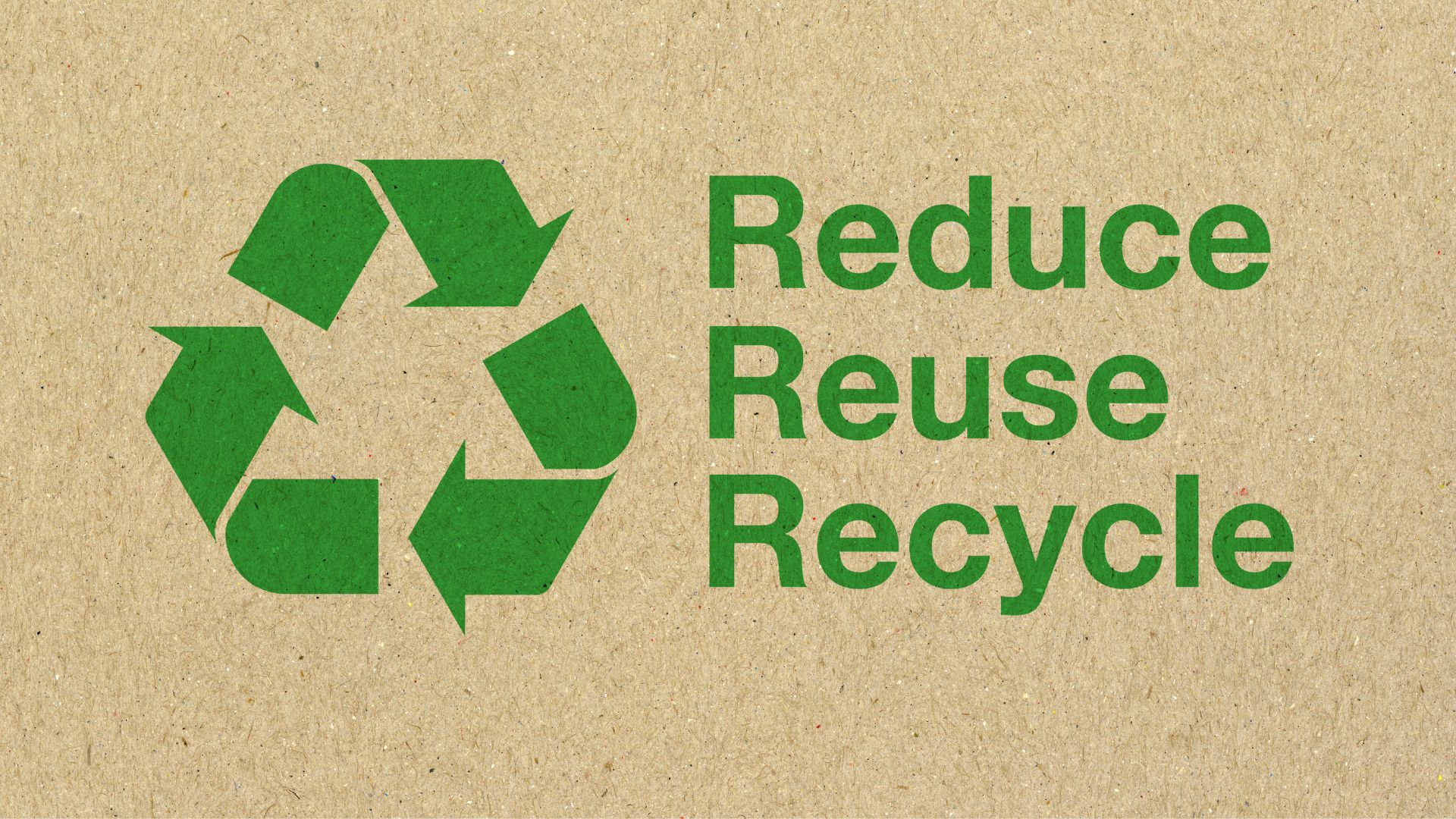Sustainable practices through material circularity
In the realm of material recycling, Datome's advanced platform is spearheading a transformative approach, fostering transparency and active engagement for all actors involved in the supply chain. This innovative solution seamlessly brings together contributors at every stage of the recycling process, showcasing versatility and power. Within this broader context, we share here a specific project where we implemented the principles of material circularity. This initiative, undertaken for a client specialized in recycling processes, highlights the practical application of circular concepts within the textile industry.

DATOME
Datome's platform serves as a collaborative interface, involving various actors in the supply chain, each contributing to the journey of recycled materials:
Waste providers:
- Actors responsible for providing textile waste are seamlessly integrated into the platform, initiating the recycling journey.
Sorting entities:
- Those responsible for sorting the textile waste become essential contributors, ensuring the efficiency of the initial stages of recycling.
Processing suppliers:
- Suppliers responsible for specific processing steps in the supply chain are actively engaged through the platform, enhancing coordination and workflow.
Recycling company:
- The central entity managing the entire recycling process utilizes Datome's platform to streamline operations, ensuring transparency and collaboration among all contributors.
Client companies (Fashion brands):
- Client companies, commissioning the recycled material, actively participate through the platform, gaining insights into the key milestones of the recycling process.
MILESTONES TRACKING
The Datome platform provides real-time insights into crucial milestones of the recycling process, allowing clients and other contributors to track:
- Arrival and sorting:
- Monitoring the arrival and sorting processes of textile waste ensures transparency from the initial stages of recycling.
- Stock duration and quantities:
- Clients and other contributors gain visibility into the duration materials spend in stock, comprehending the lifecycle of recycled materials.
- Real-time quantity metrics enable data-driven decisions based on the availability of recycled materials.
- Activation of supply chains:
- Empowered by the platform, clients can autonomously activate supply chains based on the quantity of recycled materials in stock.
Agile documentation via API integration and web interface
Most steps of the supply chain are meticulously documented through API integration, ensuring seamless and efficient data exchange. However, the platform's versatility extends to small suppliers, who can directly register their contributions via the user-friendly web interface, enhancing adaptability.
Results
The integration of Datome's platform creates an inclusive and collaborative ecosystem within the textile recycling supply chain. Actors at every stage actively contribute, fostering transparency, responsible practices, and a shared understanding of key milestones. The platform's versatility, utilizing both API integration and a web interface, enhances agility and ensures participation from diverse contributors.
Conclusion
The collaborative initiative, leveraging Datome's platform, showcases the potential for technology to unite and empower all contributors in the supply chain. The ability to involve waste providers, sorting entities, processing suppliers, recycling companies, and client companies in a transparent and coordinated manner, while tracking key milestones through versatile documentation methods, signifies a significant step toward building a sustainable and responsible textile industry.